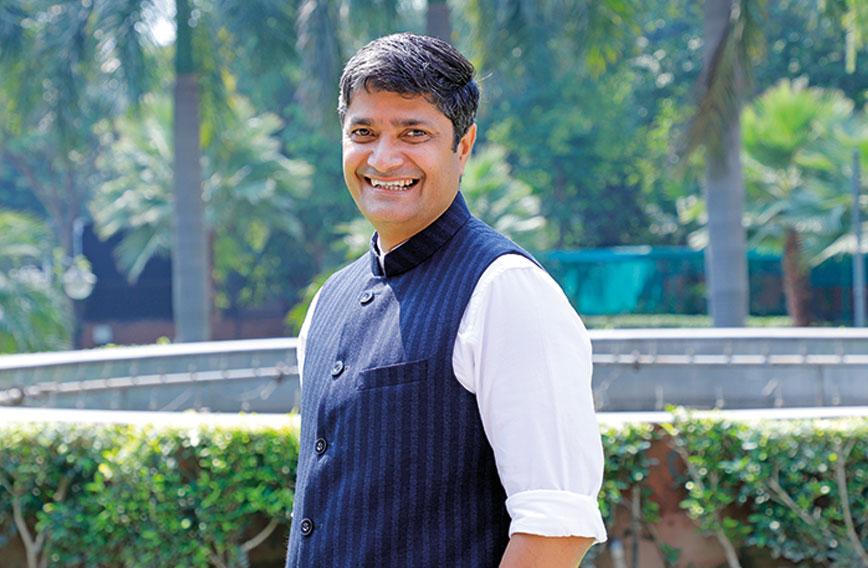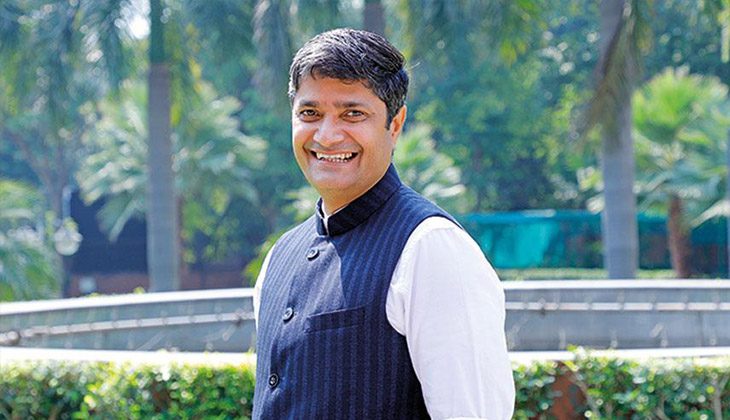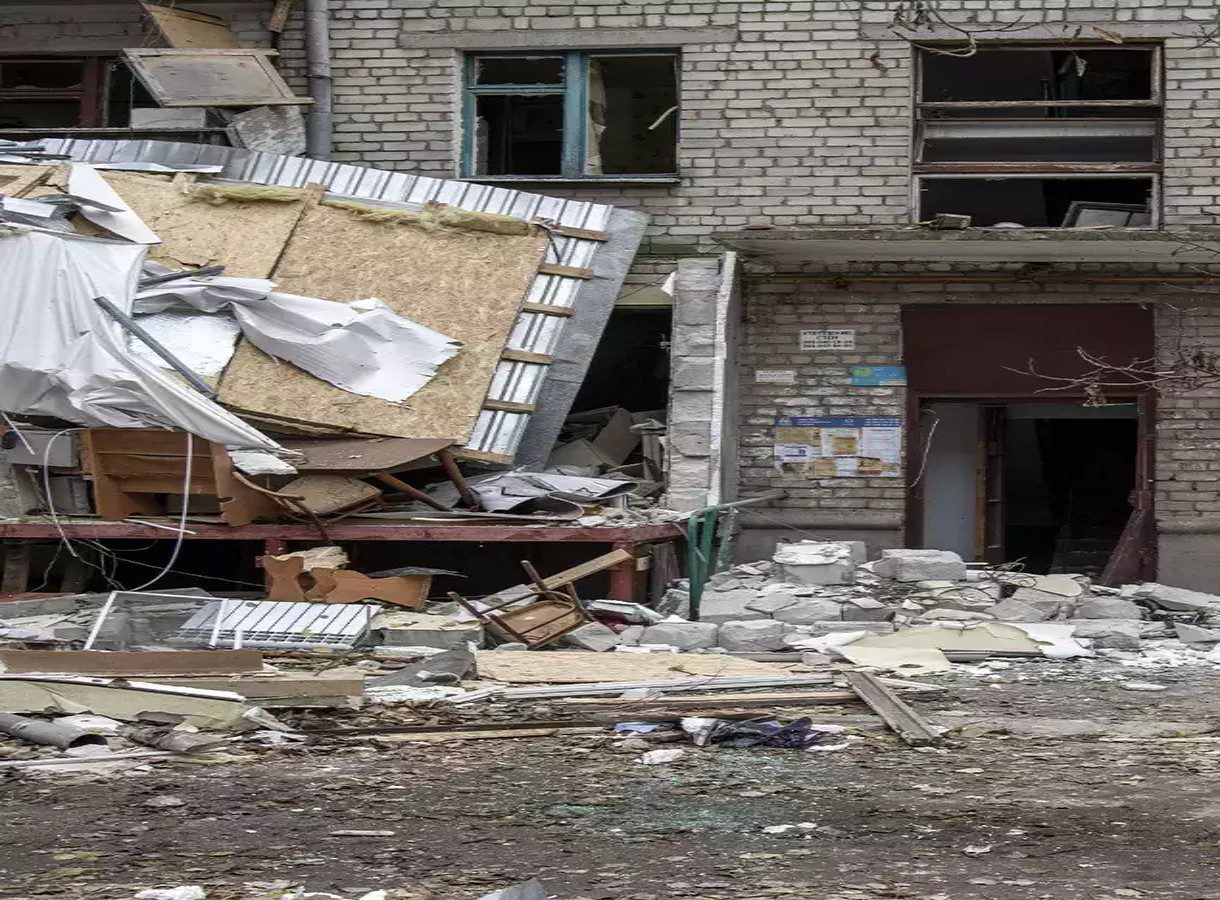Experiments around the world have already established that cloud seeding can’t defeat air pollution. What Delhi is doing in their wake can’t even be called innovation. It’s just political theatre
Yesterday, to mitigate air pollution, Delhi govt, in collaboration with IIT Kanpur, conducted the first cloud-seeding trial in areas like Burari, north Karol Bagh and Mayur Vihar. This follows the 25-point Air Pollution Mitigation Plan for 2025 it had unveiled in June, as a prelude to the smog season. The very first item in this plan was a “pilot project of cloud seeding through IIT Kanpur to study its effectiveness in dust mitigation”.
I am all for experiments that explore innovative solutions. But I have a problem when experiments are touted and advertised as ready-made solutions, distracting attention from the real ones. This is precisely what is happening with cloud seeding in Delhi.
To understand why projecting cloud seeding as a solution is misleading, it is important to recall what we already know about this technology and its history.
First, cloud seeding-also known as artificial rain-is not new. It is an old technique historically used to induce rain during droughts. India first tested it in the 1950s and has continued researching it, most recently through the ‘Cloud Aerosol Interaction and Precipitation Enhancement Experiment (CAIPEEX)’, conducted over a rain-shadow region of the Western Ghats by Indian Institute of Tropical Meteorology.
Thailand even has a ‘Department of Royal Rainmaking and Agricultural Aviation’ dedicated to inducing artificial rain. China and US today run the largest weather-modifi-cation programmes in the world. Dozens of countries continue to use cloud seeding, but almost exclusively for drought relief during rainy seasons.
Cloud seeding as a way to reduce air pollution, however, is a relatively recent idea-barely a decade old. Over this period, Lahore, Bangkok, Chiang Mai, Kuala Lumpur, Beijing, and several other Chinese cities have all tried it at least once. Almost all have since abandoned the practice, and for good reasons:
- Cloud seeding works only if clouds are present but insufficient to produce rain on their own. This is why it is used during rainy seasons, not dry winters.
- Even when conditions look promising, seeding often fails. Most experiments to improve air quality have produced no rainfall.
- At best, a few localities in a large city receive showers. In Lahore in 2023, pockets of rain briefly improved air quality-but only for a few hours, not even days.
Because of these limitations, most cities worldwide have dropped cloud seeding, even as an emergency measure for air pollution control. Govts are well aware of these realities.
In 2024, Union environment ministry told Parliament that, based on expert opinion, cloud seeding as an emergency measure to improve Delhi’s air quality was not feasible.
Their assessment was categorical:
- Winter clouds over north India form mostly from Western Disturbances, which are short-lived and already bring natural rain, making seeding unnecessary
- High-altitude clouds (above 5-6km) cannot be seeded due to aircraft limitations.
- Effective seeding requires specific cloud conditions, which are absent in Delhi’s cold, dry winters.
- Even if precipitation formed, dry air beneath the clouds could evaporate it before reaching the ground.
- Concerns remain about the chemicals used, their efficacy and possible unintended consequences.
In short: it won’t work.
So why is Delhi govt trying something that, according environment ministry, is destined to disappoint, if not fail? The answer lies in Delhi’s political theatre.
AAP first floated the idea of cloud seeding during the 2023 smog season but could not implement it, due to unsuitable weather. Now the new BJP govt wants to prove it can do what AAP could not. This is less about science and more about one-upmanship And IIT Kanpur, unfortunately, has allowed itself to be drawn into this spectacle.
But here is the bottom line: Delhi govt is promising to clean the city’s air or Yamuna with quick fixes that are doomed to fail. There are no shortcuts to solving environmental problems.
Take Yamuna, for instance. It will not be revived by interception and diversion (I&D) drains or by merely adding sewage treatment plant (STP) capacity, as Delhi govt is being advised.
Yamuna can only be restored through a modern wastewater management system-one that separates stormwater drains from sewers, ensures every household and establishment is connected to the sewer network, and treats all sewage in advanced plants that enable recycling and reuse.
Equally critical is coordinated action with neighbouring states, especially Haryana, to release adequate freshwater into the river during lean seasons.
Likewise, Delhi’s air will not improve through gimmicks like cloud seeding or water cannons. It requires a regional airshed approach: coordinated action across all states within a 300km radius of Delhi This means tackling biomass burning in households and industries, stubble burning in fields, Industrial and vehicular pollution, and dust from construction sites and roads-at their sources.
Everywhere in the world, environmental progress has come from systemic, scientific, accountable, and long-term solutions not quick fixes. Delhi must learn this lesson.
Experimentation and innovation have their place, but innovation cannot replace fundamentals. Unless we build robust infra and systems, we will remain trapped in an illusion of progress while our rivers and skies stay poisoned.
Cloud seeding is not rainmaking. It is policymaking by optics. Delhi deserves better.




